Lake Nakuru National Park- Wildlife Watching Kenya: 4×4 Africa
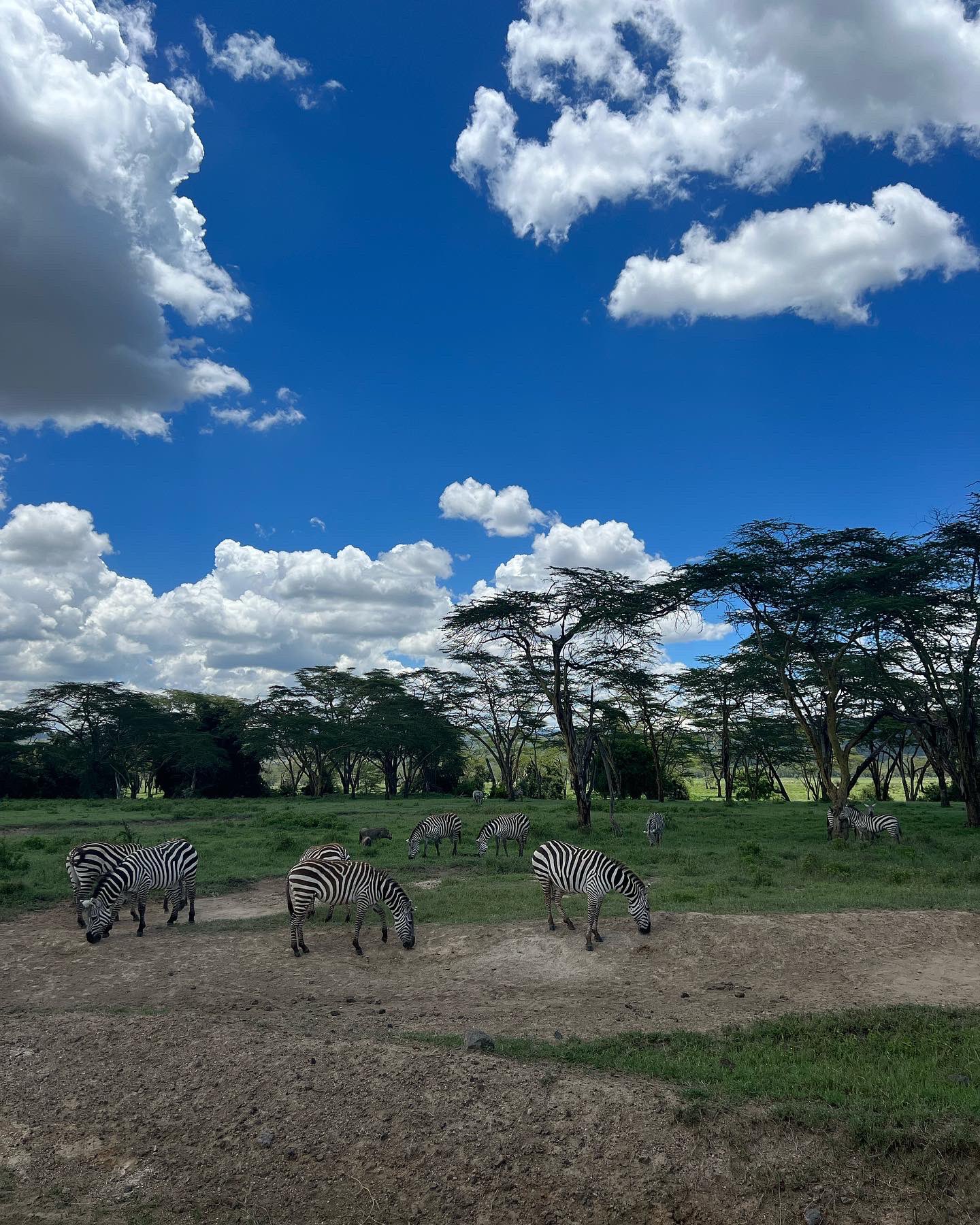
Lake Nakuru National Park is found within Kenya and is one of the Rift Valley lakes,located at an elevation of 1,754 m (5,755 ft) above sea level. It lies to the south of Nakuru, in the rift valley of Kenya and is protected by Lake Nakuru National Park.
The lake’s abundance of algae used to attract a vast quantity of flamingos that famously lined the shore. Other birds also flourish in the area, as do warthogs, baboons and other large mammals. Eastern black rhinos and southern white rhinos have also been introduced.
The lake’s water level dropped drastically in the early 1990s but has since largely recovered. In 2013, the lake received an alarming increase in its water levels that led to the migration of flamingos to Lake Bogoria in search for food supply. Between 2010 and 2020 Lake Nakuru increased in surface area from 40 to 68 square kilometres.677 households, parts of Nakuru town and some National Park areas had been flooded
Where does Lake Nakuru fit into your Kenya Safari Adventure?
Nakuru means “Dust or Dusty Place” in the Maasai language. Lake Nakuru National Park, close to Nakuru town, was established in 1961. It started off small, only encompassing the famous lake and the surrounding mountainous vicinity, but has since been extended to include a large part of the savannahs.
Lake Nakuru, a small shallow alkaline lake on the southern edge of the town of Nakuru lies about 164 kilometres north of Nairobi. It can therefore be visited in a day tour from the capital or more likely as part of a circuit including the Masai Mara or Lake Baringo and eastwards up to Samburu.
The lake is world-famous as the location of one of the greatest bird spectacle on earth – myriads of fuchsia pink flamingos, of which there are often more than a million or even two million. They feed on the abundant algae, which thrives in the warm waters. Scientists reckon that the flamingo population at Nakuru consumes about 250,000 kg of algae per hectare of surface area per year.
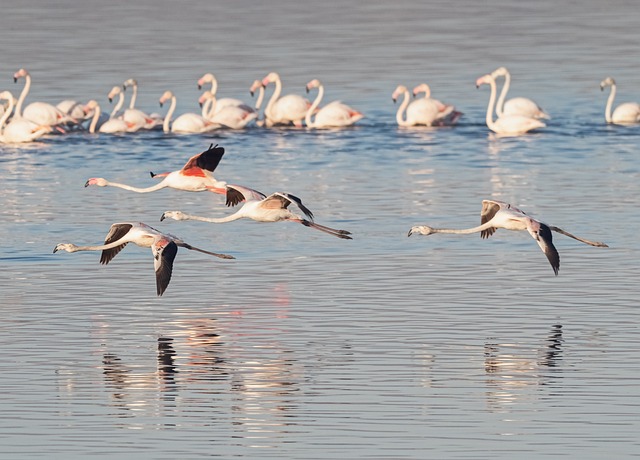
There are two types of flamingo species: the lesser flamingo can be distinguished by its deep red carmine bill and pink plumage from the greater, which has a bill with a black tip. The lesser flamingos are the ones that are commonly pictured in documentaries mainly because they are large in number.
The number of flamingos has been decreasing recently, possibly due to too much tourism or by pollution resulting from industrial waste dumping into the water sources in the surrounding area – changes in water quality make the lake temporarily inhospitable for flamingoes. Usually, the lake recedes during the dry season and floods during the wet season.
Safari activities in Lake Nakuru Park.
Birding in Lake Nakuru
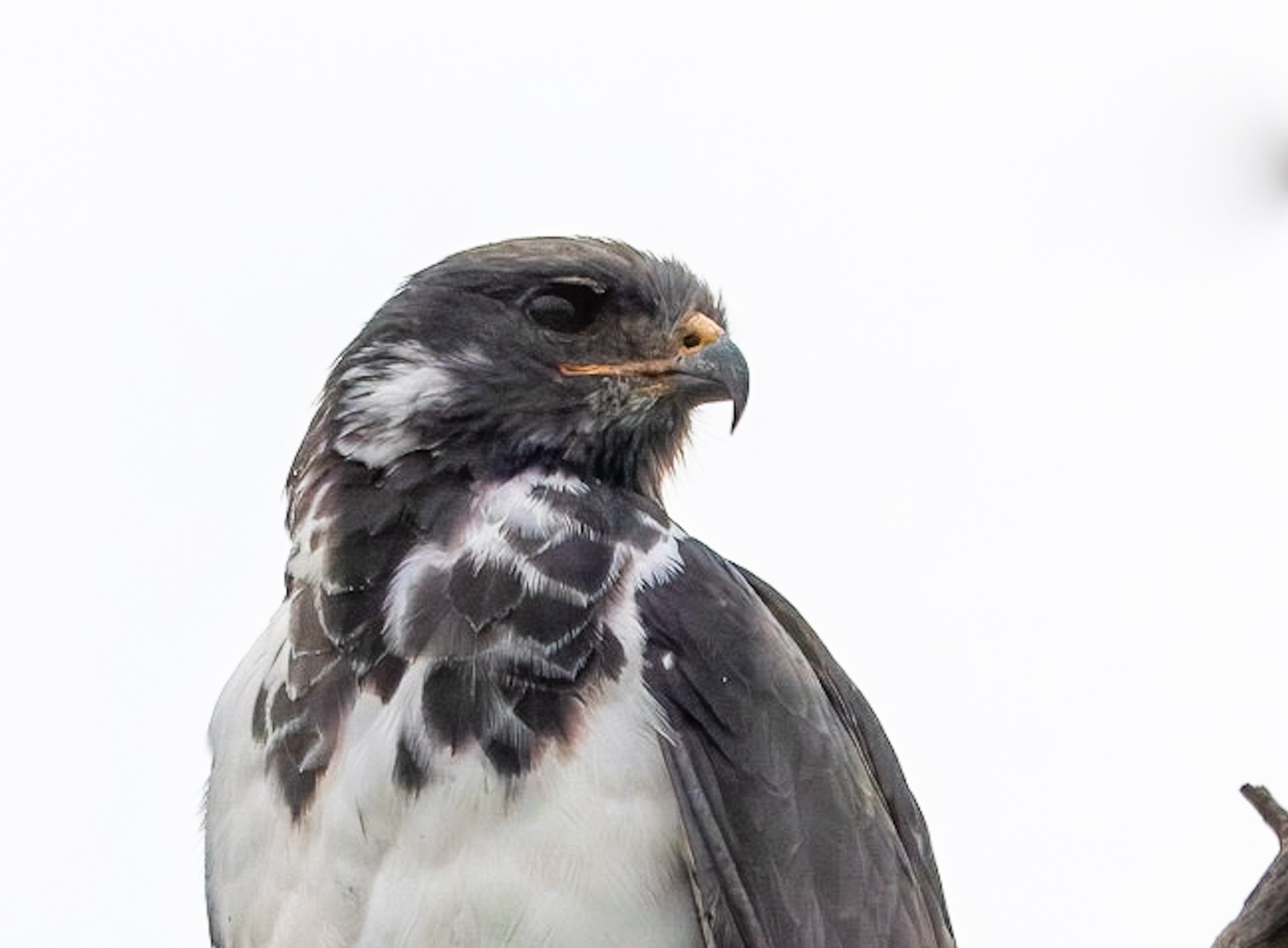
Lake Nakuru is great birding destination with more than 500 species recorded. The soda Lake Nakuru is a birding hotspot and supports a lot of birdlife for example flocks of pelican, flamingos.
The spot for bird watching is the southern end of Lake Nakuru, that’s where you identify the different types of bird species. This is beastly done during dry season because most of the bird species do migrate during the rainy season, the best seasons are from June to October and from December to March. Self drive Safaris to Kenya with 4×4 Africa is ultimate the best way to explore Birds.
Game viewing is also best done in Lake Nakuru national park and most especially in common animals which are buffalos, rhinos, leopards, lions. Game viewing activity is the best done from January to March and July to December being dry months are best recommendable since the routes are not muddy.
Game Drive in Lake Nakuru
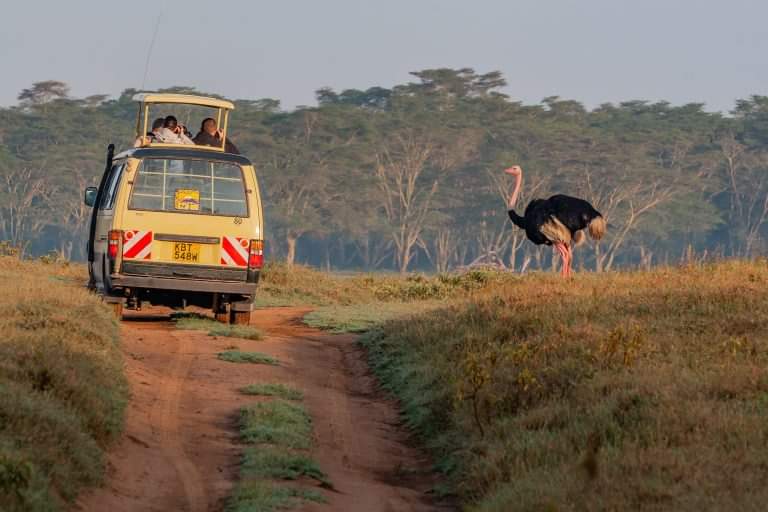
Cycling with Rhinos
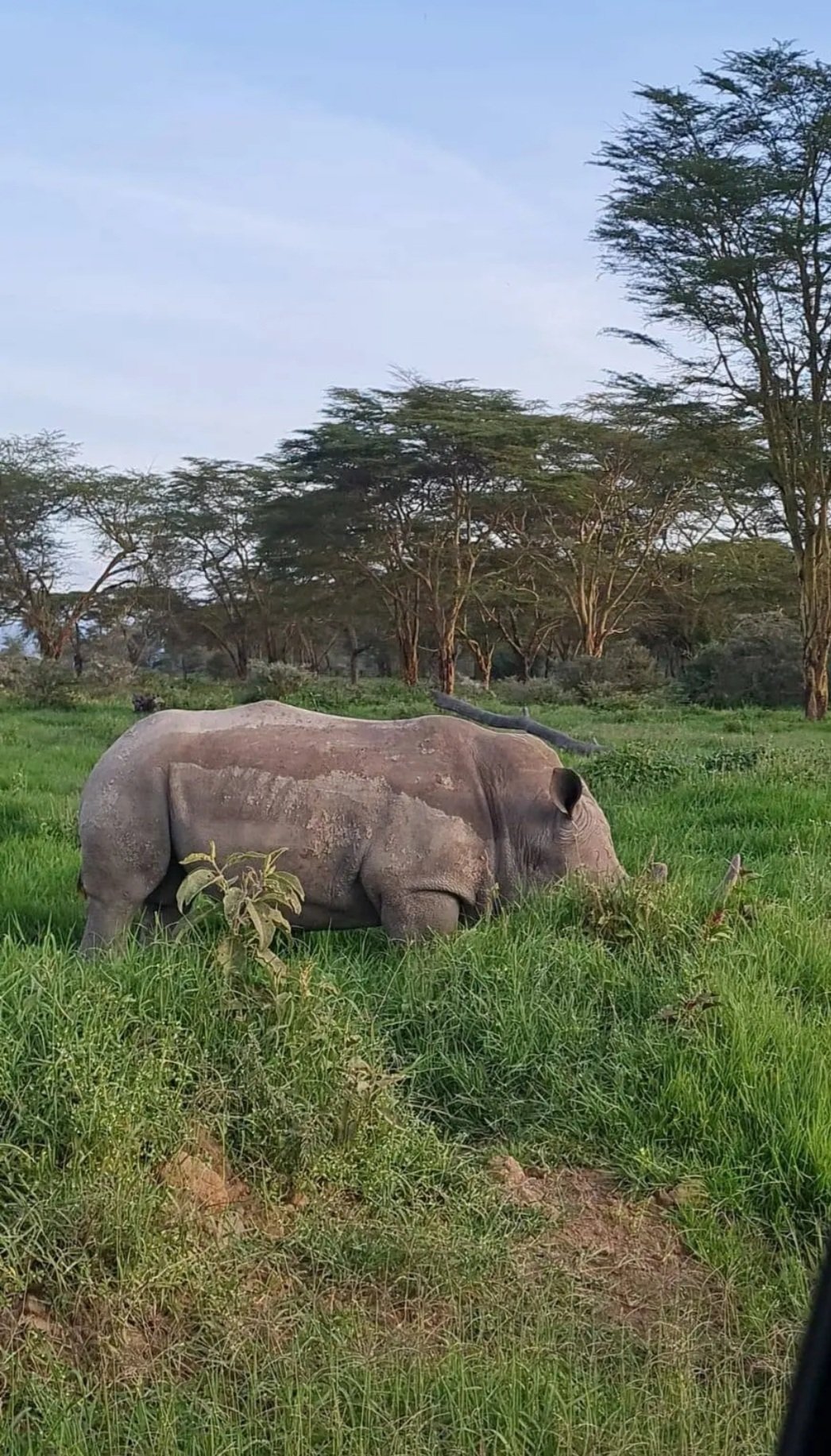
Every September, the Kenya Wildlife Service holds a ‘Cycle with the Rhino’ biking event in and around the park to garner support for the rhino sanctuary. The event has become increasingly popular, with more people participating every year.
The 2017 ‘school edition’ event had over 600 participants, and its main aim was to raise funds to repair the electric fence that helps keep the rhinos safe. Conservation enthusiasts planning a Lake Nakuru Safari in September can participate in this epic cycling competition.
The Makalia falls are located at the extreme southern end of the park, and it accords you a chance to take a light hike to the falls. Makalia falls reach33ft from a high cliff and is quite a sight during the rainy season when the Makali River fills up.
Makalia Waterfalls
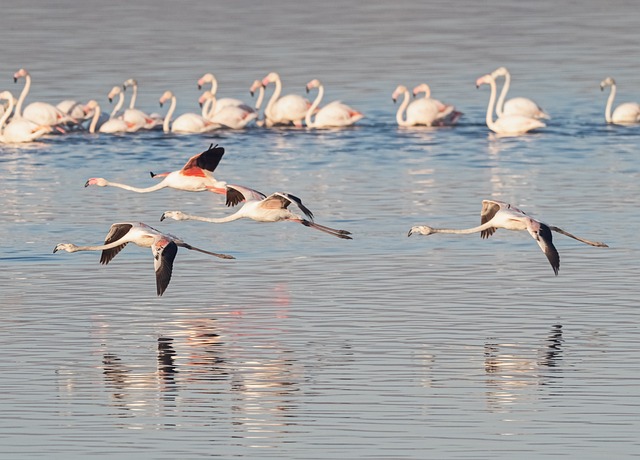
Where to stay?See lodges & Camps
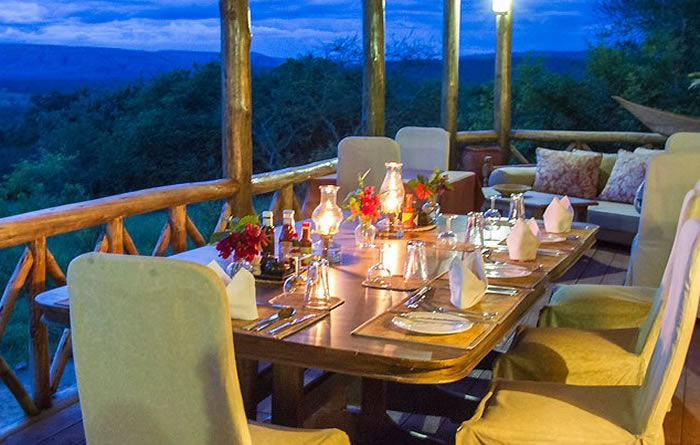
Lake Nakuru National Park has a number of accommodation facilities where you can stay during your Self Drive Kenya safari:
- Savor lion hill game lodge
- kambi Amani with featuring terrace
- Lake Nakuru lodge
- Empalos hotel Nakuru
- sandal wood suites
- north manor Nakuru among others.
Best time to visit Lake Nakuru National Park

Like other popular tourist destination in Kenya lake Nakuru national park receives tourists throughout the year, visiting Lake Nakuru national park for amazing is specifically in the dry season which is experienced in the months of June to march.
The months of June, July , August, October, November, December, January, February and march. These months receive little rainfall which makes it easy to see animals as they crowd the lake to drink water.
How to access Lake Nakuru National Park.
Lake Nakuru national park can be both accessed by air and roads. 4×4 Africa offers the best kenya Safaris to visit Lake Nakuru and continue to visit Lake Navisha National Park .
The road is a tarmac road connection with Nairobi a distance of 156km North West of Nairobi on the main A104 road, the most commonly used route in the park is through the main gate.

